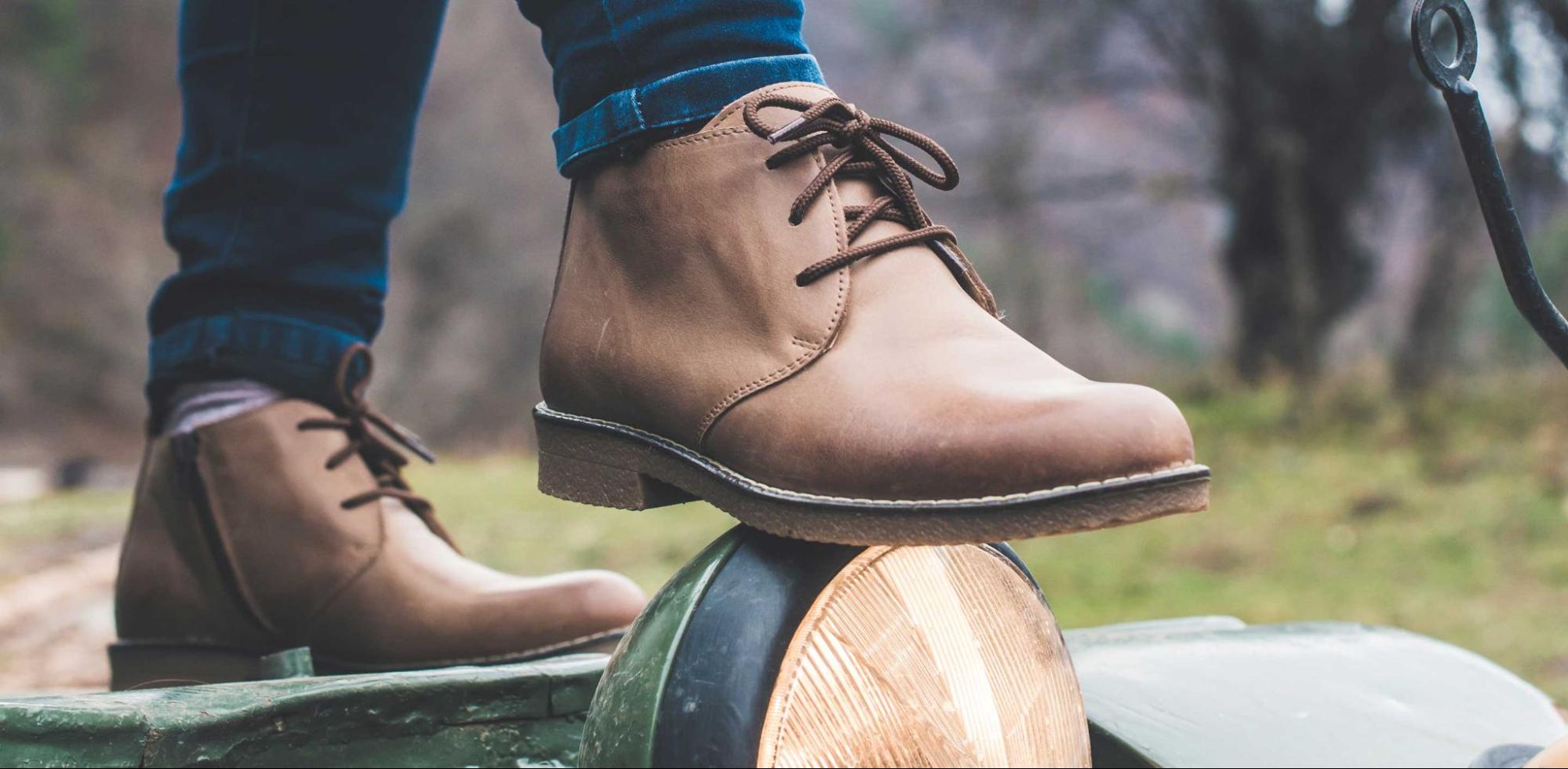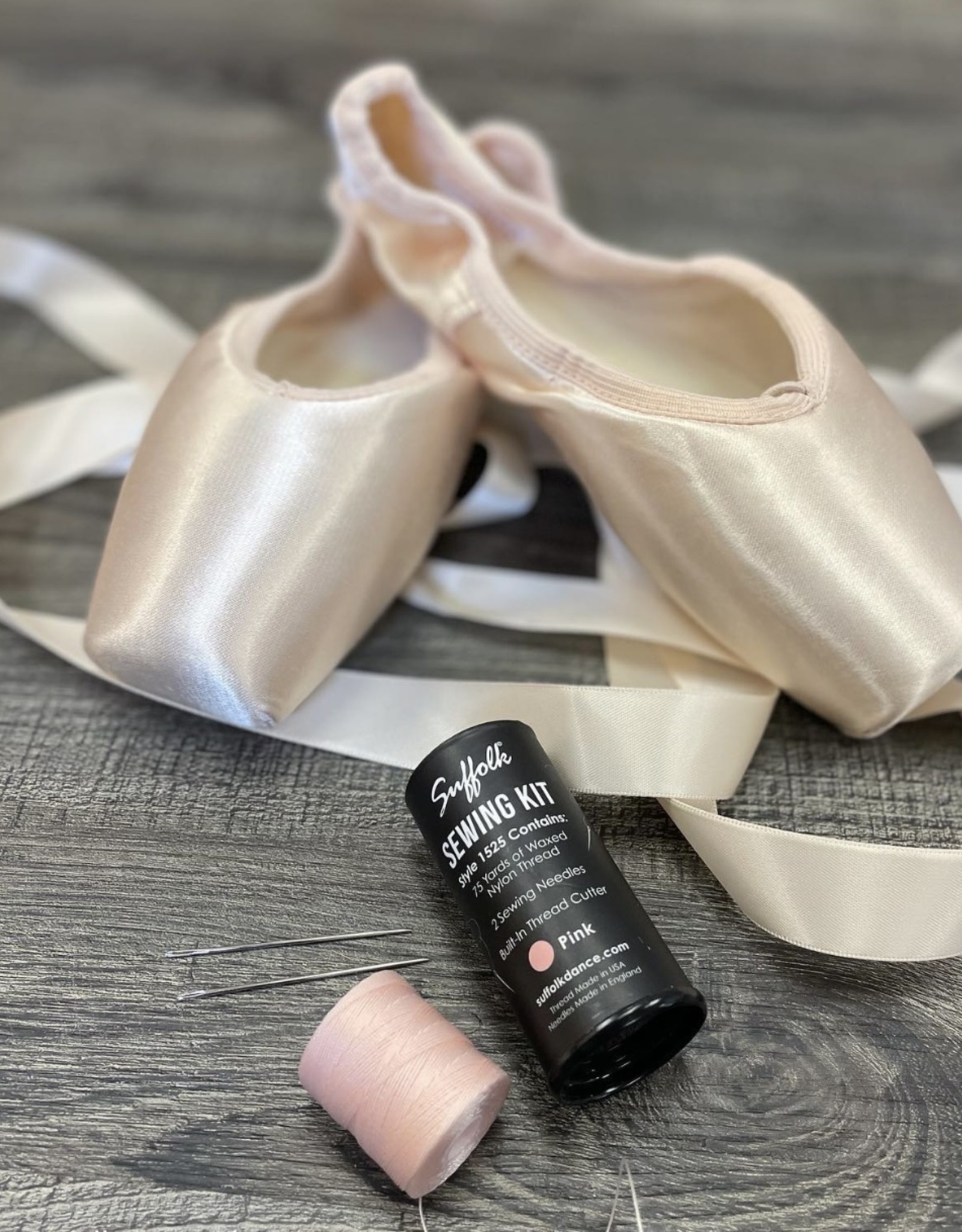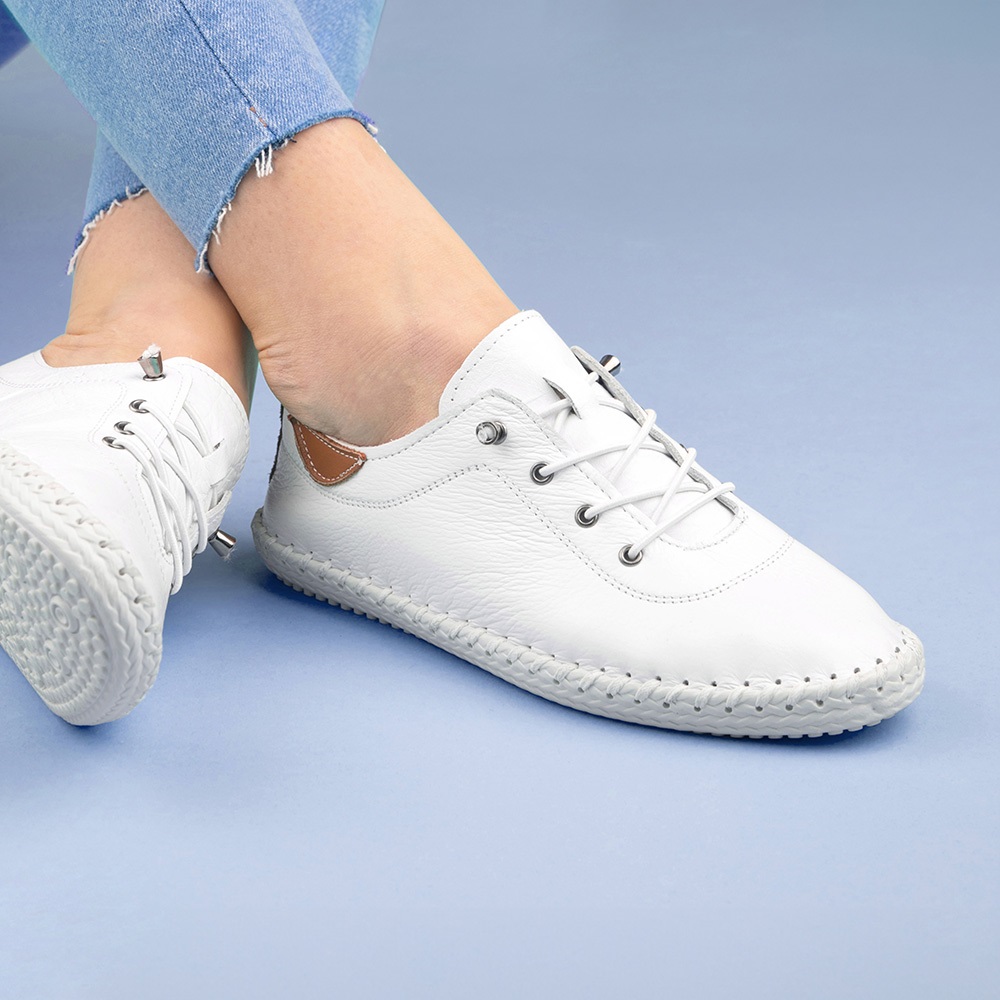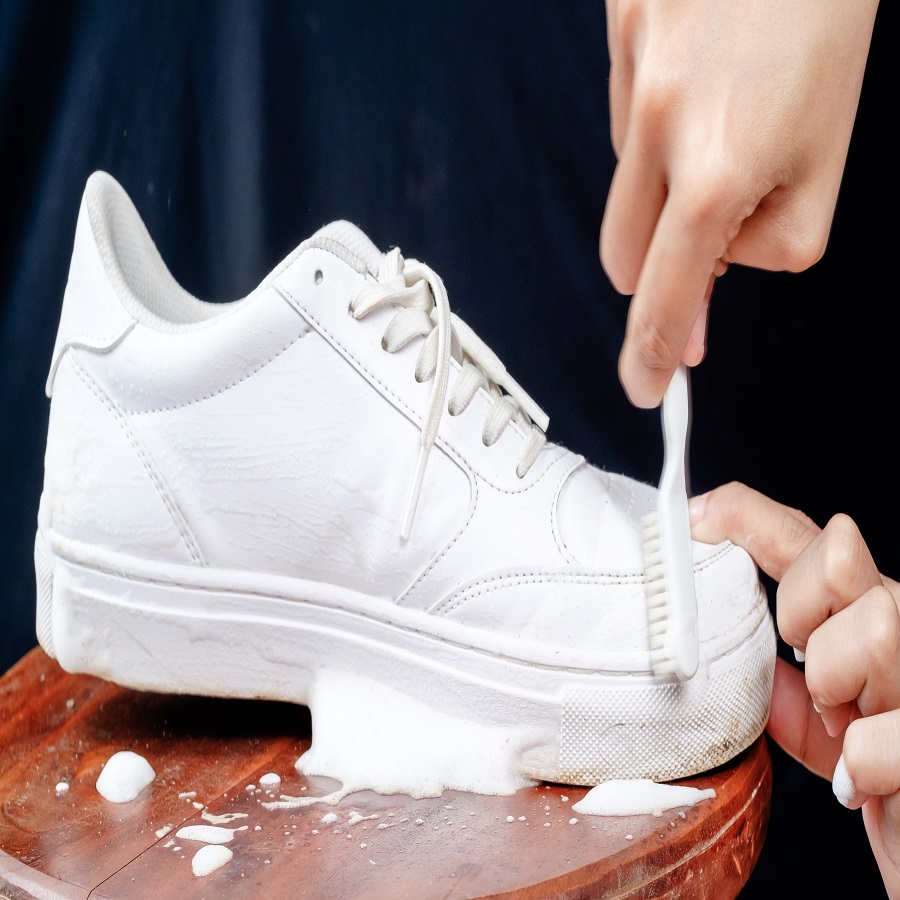Leather shoes are a timeless wardrobe staple, known for their durability and classic appeal. However, sometimes they can stretch and become loose over time, affecting comfort and fit. Consequently, learning how to shrink leather shoes can help restore their snug fit and prolong their lifespan. Therefore, this comprehensive guide explores various methods to shrink leather shoes, ensuring they fit perfectly once again. By understanding these techniques, you can address sizing issues effectively and maintain your shoes’ shape and comfort.
Understanding Leather and Its Properties
Understanding the properties and characteristics of leather is essential for effectively shrinking leather shoes. Therefore, exploring the nature of leather helps in selecting the most appropriate method. Consequently, knowing these properties ensures informed decisions.
Types of Leather
Leather comes in various types, each with unique properties that influence how it reacts to shrinking methods. Common types of leather include full-grain, top-grain, and bonded leather. Full-grain leather is the most durable and least processed, retaining its natural texture and grain. Top-grain leather is sanded and buffed to remove imperfections, making it softer and more pliable. Bonded leather is made from leather scraps and fibers bonded together with adhesive. By understanding the types of leather, you can choose the correct method for shrinking, ensuring effective results. Therefore, recognizing the nuances of different leather types is crucial.

Leather’s Reaction to Moisture and Heat
Leather is a natural material that reacts to moisture and heat, making it possible to shrink or stretch it as needed. When exposed to water, leather absorbs moisture, causing it to swell. Applying heat while the leather is moist helps tighten the fibers, resulting in shrinkage as it dries. However, excessive heat or prolonged exposure can damage the leather, leading to cracks or stiffness. By understanding how leather reacts to moisture and heat, you can effectively shrink your shoes without causing damage. Therefore, recognizing the significance of controlled exposure is essential.
Preparing to Shrink Leather Shoes
Before attempting to shrink your leather shoes, proper preparation ensures the best possible results. Understanding these preparatory steps is crucial for effective shrinking and maintaining the leather’s integrity. Therefore, exploring preparation methods is essential.
Cleaning the Shoes
The first step in preparing to shrink leather shoes is cleaning them thoroughly. Use a soft brush or cloth to remove any dirt, dust, or debris from the surface. For a deeper clean, use a mild leather cleaner or a mixture of water and a small amount of gentle soap. Gently wipe down the shoes and allow them to dry completely before proceeding with the shrinking process. By understanding the importance of cleaning your shoes, you can ensure that the shrinking method works effectively. Therefore, recognizing the value of clean leather is crucial.
Assessing the Fit
Assess the current fit of your leather shoes to determine the extent of shrinking required. Wear thick socks and walk around in the shoes, noting areas that feel loose or too big. This assessment helps you target specific areas that need more attention during the shrinking process. By understanding the fit of your shoes, you can achieve a more precise and comfortable result. Therefore, recognizing the importance of fit assessment is essential.
Methods to Shrink Leather Shoes
Several effective methods can shrink leather shoes, each with its unique approach and benefits. Understanding these methods helps in selecting the most suitable one for your shoes and needs. Therefore, exploring different shrinking methods is essential.

Method 1: Using Water and Heat
One of the most common methods to shrink leather shoes involves using water and heat. Follow these steps for effective results:
- Fill a spray bottle with water and lightly mist the inside and outside of the shoes, focusing on areas that need shrinking.
- Use a hairdryer on a medium setting to apply heat to the damp areas, holding the dryer a few inches away from the leather. Move the dryer back and forth to distribute the heat evenly.
- Continue applying heat until the leather feels slightly warm and begins to shrink. Avoid overheating to prevent damage.
- After heating, let the shoes air-dry completely at room temperature. You can wear them with thick socks as they dry to ensure they conform to your feet.
By understanding this water and heat method, you can shrink your leather shoes effectively without causing damage. Therefore, recognizing the value of controlled heat application is crucial.
Method 2: Using a Leather Conditioner and Heat
Another effective method involves using a leather conditioner combined with heat. Follow these steps for best results:
- Apply a generous amount of leather conditioner to the shoes, focusing on areas that require shrinking. The conditioner helps soften the leather and makes it more pliable.
- Use a hairdryer on a low-to-medium setting to apply heat to the conditioned areas, holding the dryer a few inches away from the leather. Move the dryer back and forth to avoid concentrating heat in one spot.
- Continue applying heat until the leather feels warm and begins to shrink. The conditioner helps prevent the leather from drying out and cracking.
- Let the shoes cool and dry naturally at room temperature. Wearing them with thick socks during the drying process can help shape them to your feet.
By understanding this leather conditioner and heat method, you can shrink your leather shoes while maintaining their softness and flexibility. Therefore, recognizing the importance of using conditioner is essential.
Method 3: Using Boiling Water
For a more aggressive approach, you can use boiling water to shrink leather shoes. This method is best for shoes that need significant shrinking. Follow these steps cautiously:
- Boil a pot of water and allow it to cool slightly.
- Dip the shoes briefly into the hot water, ensuring you do not soak them for too long to prevent damage.
- Remove the shoes from the water and immediately wear them with thick socks. Walk around to mold the shoes to your feet as they dry.
- Once the shoes have cooled and begun to dry, use a hairdryer on a low setting to finish the drying process evenly.
By understanding the boiling water method, you can achieve substantial shrinking in your leather shoes. Therefore, recognizing the risks and benefits of this method is crucial.
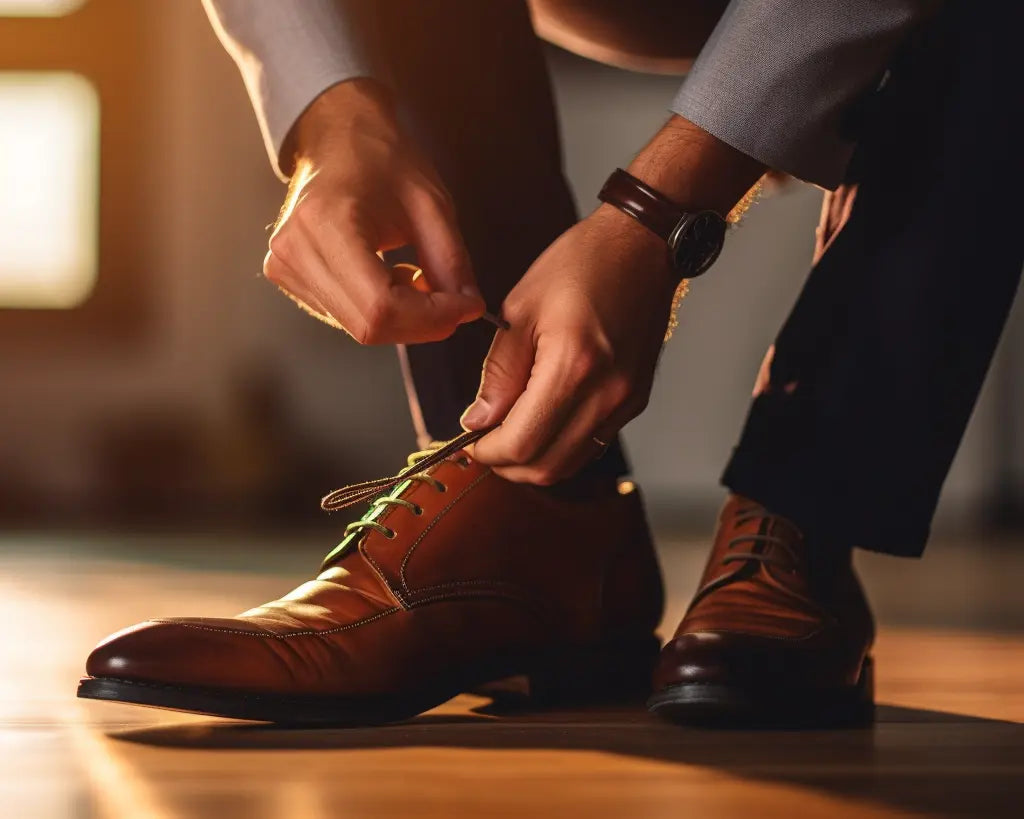
Post-Shrinkage Care
Proper care after shrinking your leather shoes is essential for maintaining their shape, comfort, and durability. Understanding these care steps helps extend the lifespan of your shoes. Therefore, exploring post-shrinkage care is essential.
Conditioning the Leather
After shrinking your leather shoes, it is crucial to condition them to restore moisture and prevent cracking. Use a high-quality leather conditioner and apply it according to the manufacturer’s instructions. Conditioning helps maintain the leather’s softness and flexibility, ensuring it remains comfortable to wear. By understanding the importance of conditioning, you can preserve the integrity of your leather shoes. Therefore, recognizing the value of post-shrinkage conditioning is crucial.
Regular Maintenance
Regular maintenance is vital for keeping your leather shoes in top condition after shrinking. Clean them regularly with a soft brush or cloth and apply leather conditioner as needed. Store your shoes in a cool, dry place, away from direct sunlight and moisture. Use shoe trees or stuff them with newspaper to maintain their shape. By understanding the significance of regular maintenance, you can ensure your leather shoes remain in excellent condition. Therefore, recognizing the importance of ongoing care is essential.
Addressing Common Questions About Shrinking Leather Shoes
Understanding common questions about shrinking leather shoes provides clarity and ensures effective application of these methods. Knowledge of these answers enhances confidence and troubleshooting capability. Therefore, exploring common questions is essential.
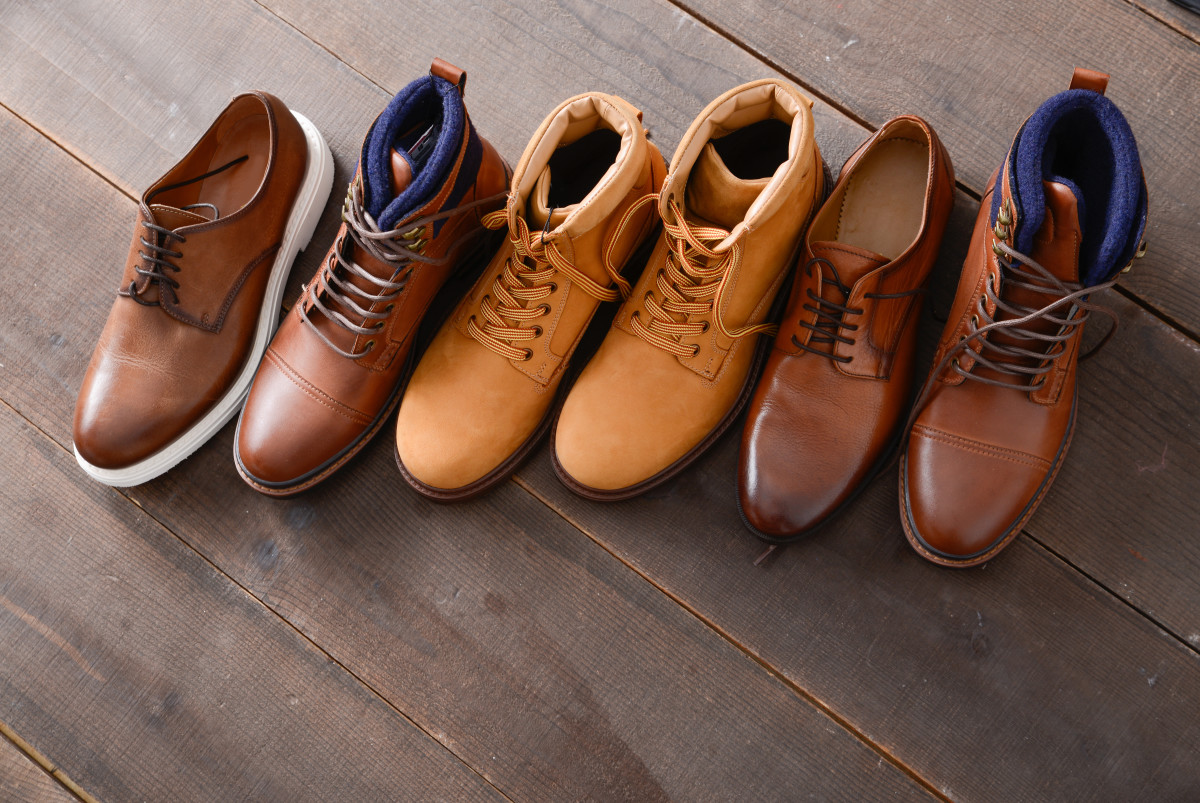
Can All Leather Shoes Be Shrunk?
A common question is whether all leather shoes can be shrunk. While most genuine leather shoes can be effectively shrunk using the methods described, some types of leather, such as bonded or highly processed leather, may not respond as well. Exotic leathers like snakeskin or alligator may also require specialist care. It is essential to perform a patch test on a small, inconspicuous area before proceeding with shrinking. By understanding the limitations of different leather types, you can avoid potential damage. Therefore, recognizing the importance of testing is crucial.
How Much Can Leather Shoes Be Shrunk?
Another common question is how much leather shoes can be shrunk. The amount of shrinkage depends on the type of leather, the method used, and the extent of the process. Generally, leather shoes can shrink by about half a size or slightly more. Over-shrinking can lead to damage or discomfort. Monitoring the process and gradually applying heat and moisture ensures controlled and effective shrinkage. By understanding the potential extent of shrinkage, you can manage your expectations and results. Therefore, recognizing the importance of gradual application is essential.
Addressing Common Misconceptions About Shrinking Leather Shoes
Addressing common misconceptions about shrinking leather shoes provides accurate information and dispels unwarranted concerns. Clearing up misunderstandings ensures an informed perspective. Therefore, exploring common misconceptions is important.
Misconception: Shrinking Leather Shoes Is Damaging
A common misconception is that shrinking leather shoes will inevitably damage them. While improper techniques or excessive heat can lead to damage, controlled methods using appropriate heat and moisture can effectively shrink leather without harm. Conditioning and regular maintenance further protect the leather. By understanding the safe methods for shrinking, you can achieve the desired fit without risking damage. Therefore, dispelling this misconception highlights the importance of proper technique.

Misconception: Shrinking Leather Shoes Is Permanent
Another misconception is that shrinking leather shoes is a permanent solution. While shrinking can provide a more snug fit, leather is a natural material that can stretch slightly with wear. Periodic maintenance, such as conditioning and careful storage, helps preserve the fit and shape. By understanding the nature of leather, you can manage your expectations and maintain your shoes effectively. Therefore, dispelling this misconception emphasizes the importance of ongoing care.
Conclusion: Achieving the Perfect Fit
Achieving the perfect fit involves understanding the properties of leather, preparing your shoes, and selecting the appropriate shrinking method. Proper preparation, including cleaning and assessing fit, ensures effective results.
Exploring critical aspects such as methods using water and heat, leather conditioner and heat, and boiling water provides comprehensive knowledge and practical approaches. Recognizing the importance of post-shrinkage care and addressing common questions enhances overall confidence and effectiveness in shrinking leather shoes.
By engaging with these elements, you can effectively shrink your leather shoes, ensuring a comfortable and snug fit while maintaining their durability and appearance. Therefore, whether you are addressing minor looseness or significant sizing issues, understanding the essential considerations for shrinking leather shoes offers practical and valuable insights. Embrace the opportunity to extend the life and comfort of your footwear, knowing you have the knowledge and resources to make informed choices!
